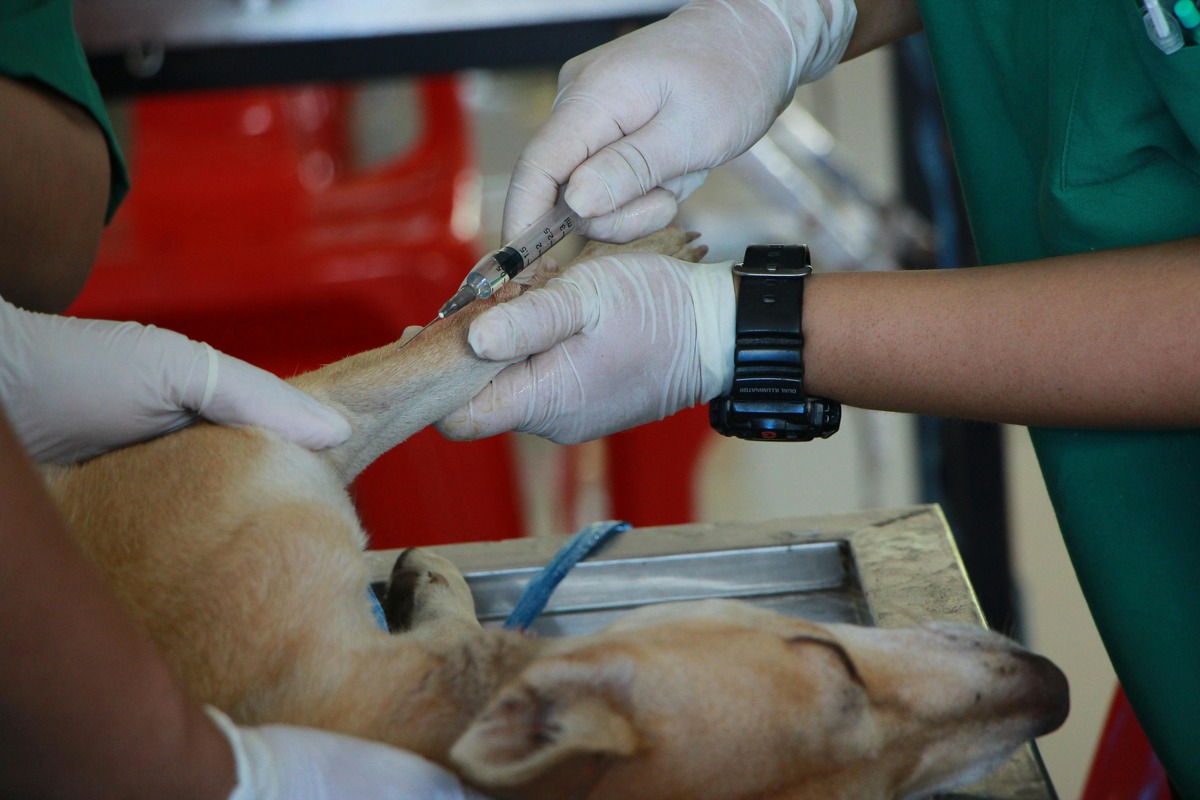13 Subtle Changes Veterinarians Would Not Ignore In Their Dogs
Dogs are known for their loyalty and enthusiasm, often giving us clear signs of their emotions and needs. However, when it comes to health issues, dogs can sometimes hide their discomfort or pain, making it difficult for their owners to detect problems early. Veterinarians are trained to notice subtle changes in a dog’s behavior or physical state that may signal an underlying health issue. Here are 13 subtle changes veterinarians would not ignore in their dogs, which could indicate a potential problem that needs attention.
Paying attention to these small shifts can help you catch problems early, ensuring your dog gets the right care when it’s needed most.
1. Changes in Appetite or Drinking Habits

A sudden loss of appetite or refusal to eat can be a sign of digestive issues, tooth pain, or more serious conditions like kidney disease or diabetes. On the other hand, increased thirst or excessive drinking might indicate kidney disease, diabetes, or even Cushing’s disease. Any change in your dog’s eating or drinking patterns should be taken seriously and monitored.
2. Weight Loss or Weight Gain
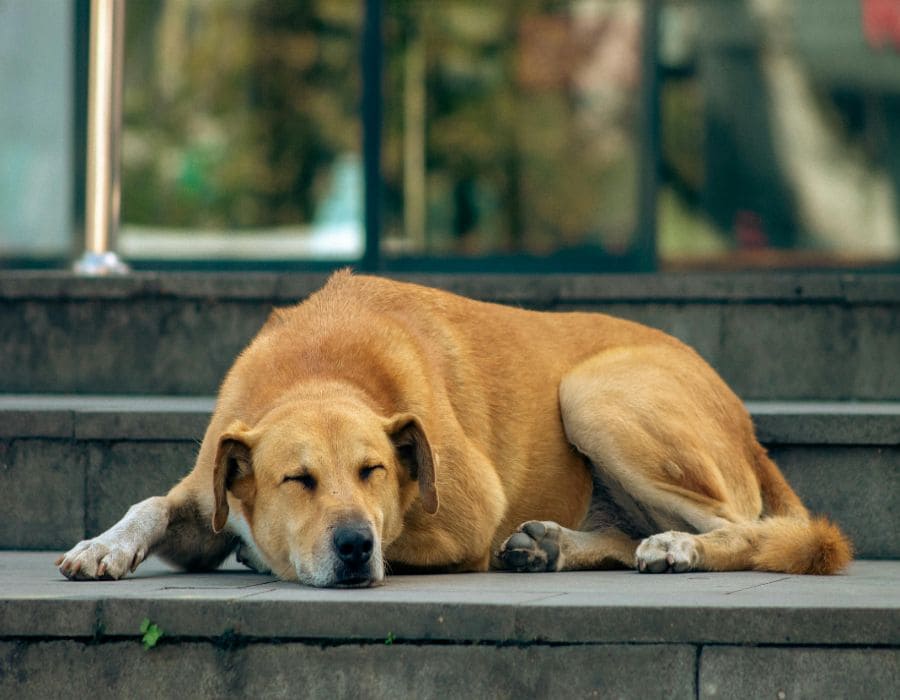
Unexplained weight loss or weight gain can be a sign of a variety of health issues. Weight loss can indicate conditions like cancer, digestive disorders, or hyperthyroidism, while weight gain could be linked to hypothyroidism, diabetes, or Cushing’s disease. A sudden change in weight, especially without changes in diet or activity levels, warrants a visit to the vet.
3. Lethargy or Decreased Activity

If your dog becomes suddenly less energetic or shows a lack of interest in playtime or walks, it could be a sign of underlying issues such as anemia, arthritis, heart disease, or even depression. A dog that has been active and suddenly becomes lethargic should be examined by a veterinarian.
4. Excessive Grooming or Lack of Grooming

If your dog is licking, biting, or scratching excessively, it could be a sign of skin allergies, parasites (like fleas or ticks), or even hot spots. Conversely, a dog that suddenly stops grooming or has unkempt fur could be experiencing pain (such as from arthritis), depression, or other health problems. A shift in grooming habits should not be overlooked.
5. Coughing or Wheezing
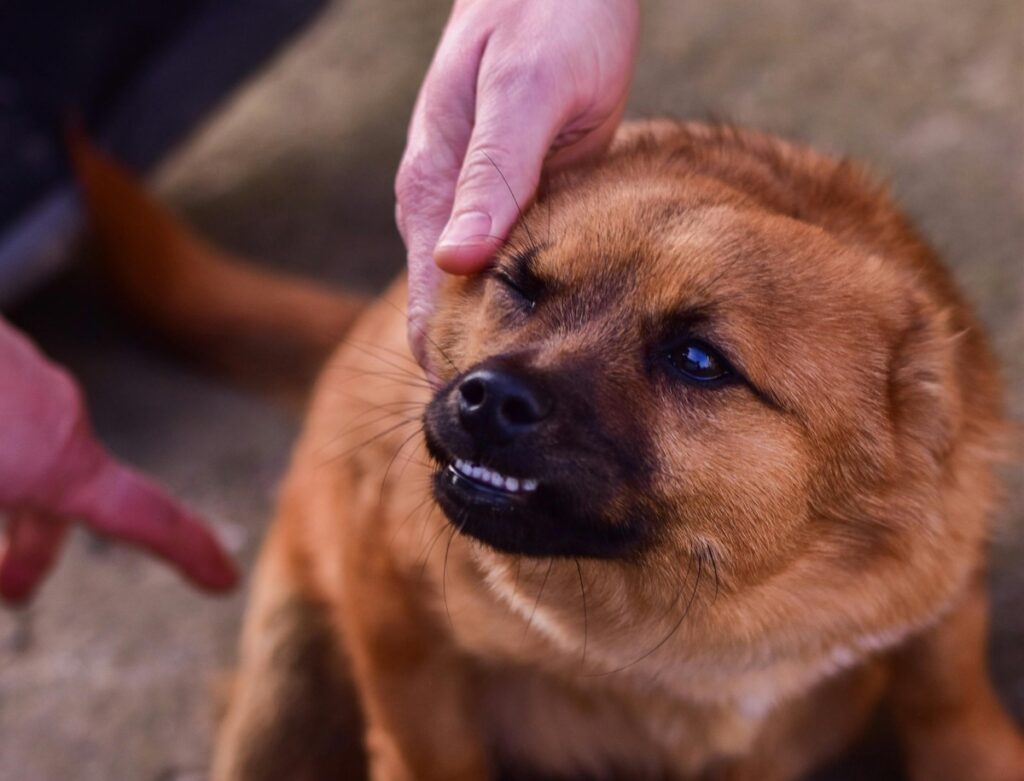
While an occasional cough or sneeze isn’t usually a cause for concern, persistent coughing or wheezing could be a sign of respiratory issues such as kennel cough, asthma, or more severe conditions like heart disease or pneumonia. If your dog is coughing or wheezing more than usual or showing difficulty breathing, it’s important to consult a vet.
6. Changes in Bathroom Habits
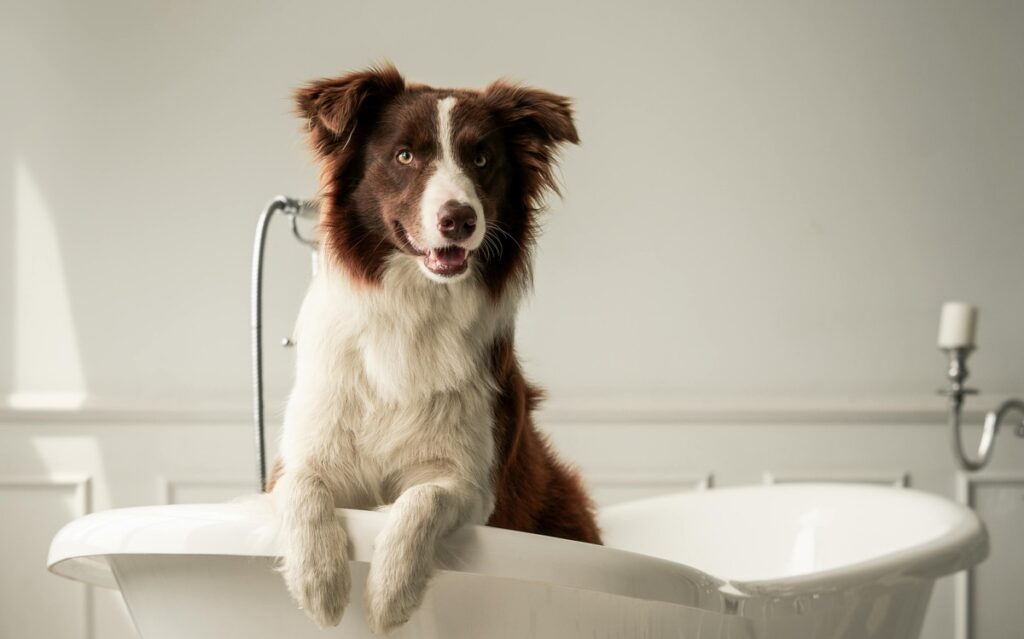
A sudden change in your dog’s urination or defecation habits can indicate an underlying problem. Frequent urination, straining to urinate, or blood in the urine could signal urinary tract infections (UTIs), bladder stones, or kidney disease. Changes in poop (such as diarrhea or constipation) can point to intestinal issues or parasites. Any changes in bathroom habits should be closely monitored.
7. Excessive Panting or Difficulty Breathing

While dogs naturally pant to regulate their body temperature, excessive panting or labored breathing can be a sign of respiratory issues, heart disease, pain, or heatstroke. If your dog is panting heavily even when resting or not exercising, or showing signs of difficulty breathing, it’s a good idea to have them evaluated by a vet.
8. Unexplained Vomiting or Diarrhea

Occasional vomiting or diarrhea may not be a concern, but frequent vomiting or chronic diarrhea can indicate intestinal infections, parasites, pancreatitis, or more serious conditions like liver disease. If your dog vomits or has diarrhea that lasts for more than a day or is accompanied by blood, it’s important to seek veterinary care.
9. Swollen Abdomen or Bloating
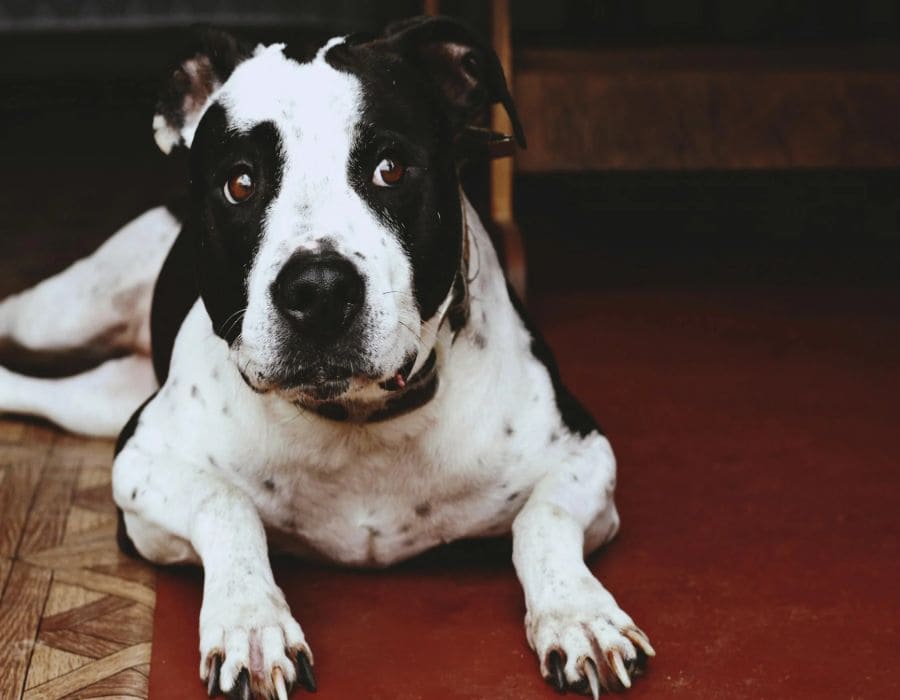
A swollen abdomen or bloating is a serious concern and could be a sign of gastric dilatation-volvulus (GDV), also known as bloat, which is a life-threatening condition. Other causes of a swollen belly include liver disease, internal bleeding, or tumors. If your dog’s abdomen feels hard or distended, or if they are showing signs of discomfort, immediate veterinary attention is necessary.
10. Increased Sensitivity to Touch or Pain

If your dog becomes unusually sensitive to touch, especially when their back, legs, or joints are touched, it could be a sign of arthritis, injury, or infections. Dogs experiencing pain may whimper, yelp, or act more irritable when touched. If your dog starts limping or shows signs of discomfort, they should be examined by a veterinarian.
11. Changes in Eye Appearance or Discharge

Changes in your dog’s eyes, such as excessive tear production, discharge, redness, or cloudiness, could indicate an eye infection, cataracts, or glaucoma. A dog that is squinting or avoiding bright light could also have an eye issue. If you notice changes in your dog’s eye appearance, a visit to the vet is important to prevent any serious vision issues.
12. Bad Breath or Drooling
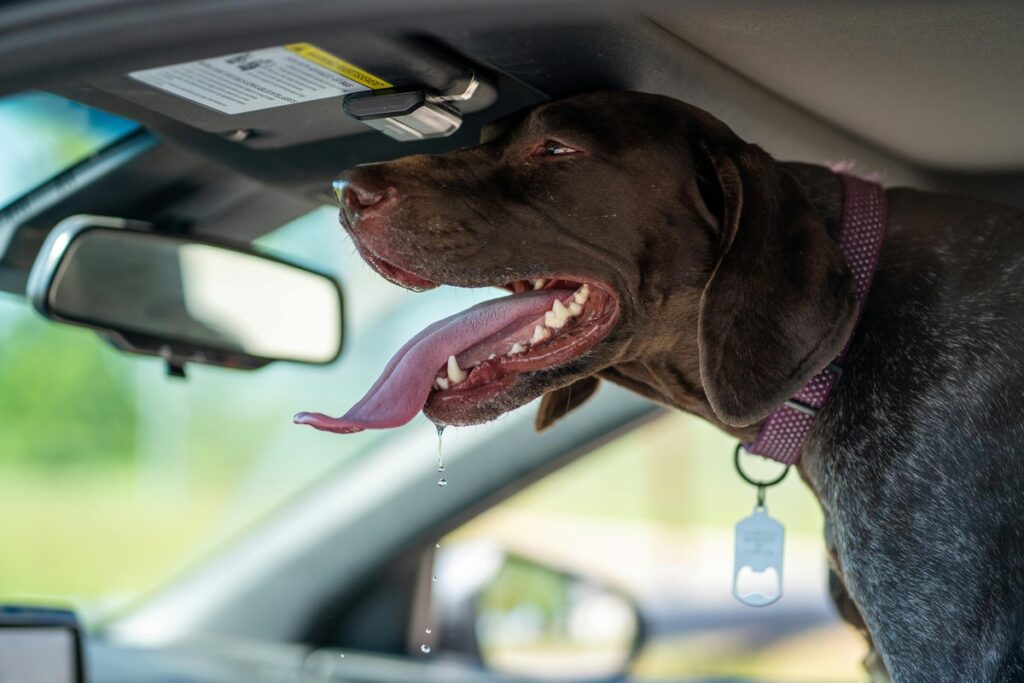
Bad breath (also known as halitosis) in dogs could be a sign of dental disease, gum infections, or tooth decay. Excessive drooling may indicate an issue with the teeth, mouth, or even nausea. If your dog’s breath suddenly smells bad or if they are drooling excessively, it could point to oral health issues, which need attention.
13. Changes in Vocalization

A dog that suddenly starts barking excessively, whining, or howling without obvious cause could be experiencing stress, pain, or anxiety. Dogs often vocalize when they are feeling unwell or distressed. On the other hand, a dog that becomes unusually silent and withdrawn could also be in pain or discomfort. Any significant changes in your dog’s vocalization patterns should be monitored.
When to Seek Veterinary Help

Even small, subtle changes in your dog’s behavior can indicate underlying health issues. Dogs often hide discomfort or pain, so paying attention to these changes and getting your dog checked by a vet when something feels off is important. Early detection of health problems can lead to better outcomes and improve your dog’s quality of life. If your dog is showing any of the symptoms listed above, don’t hesitate to consult your veterinarian to ensure your furry friend stays happy and healthy.

